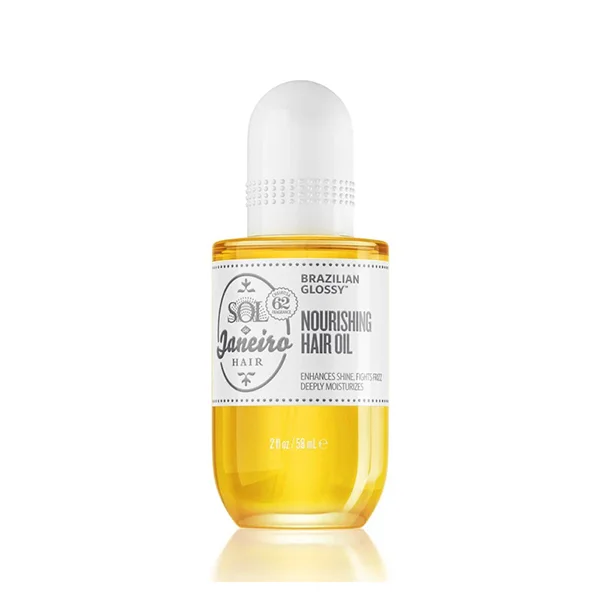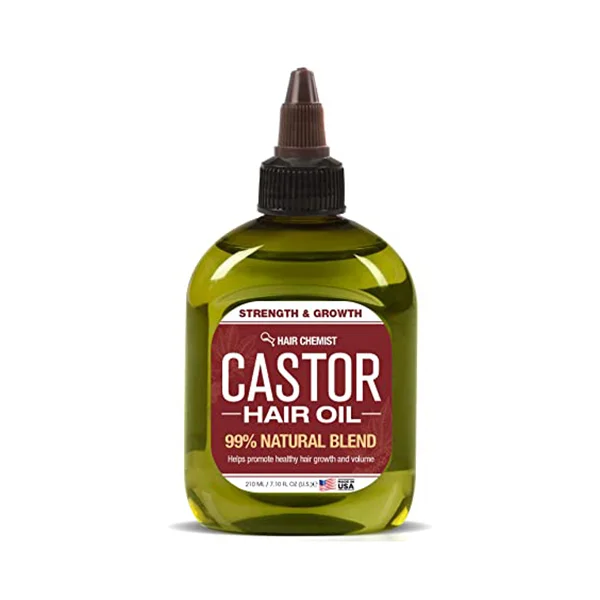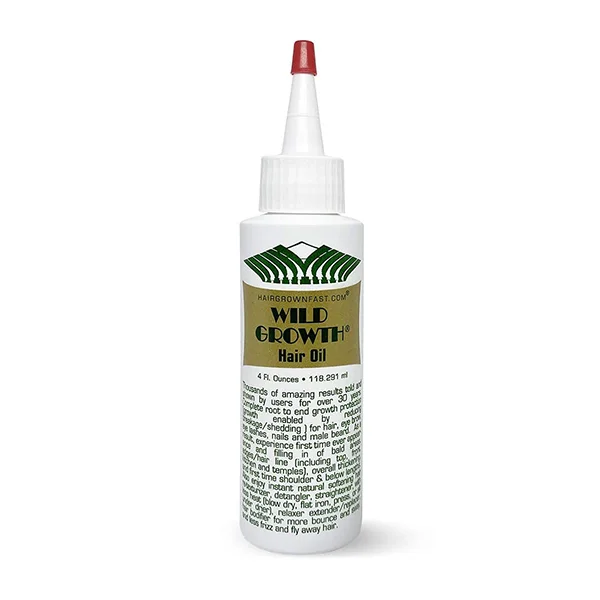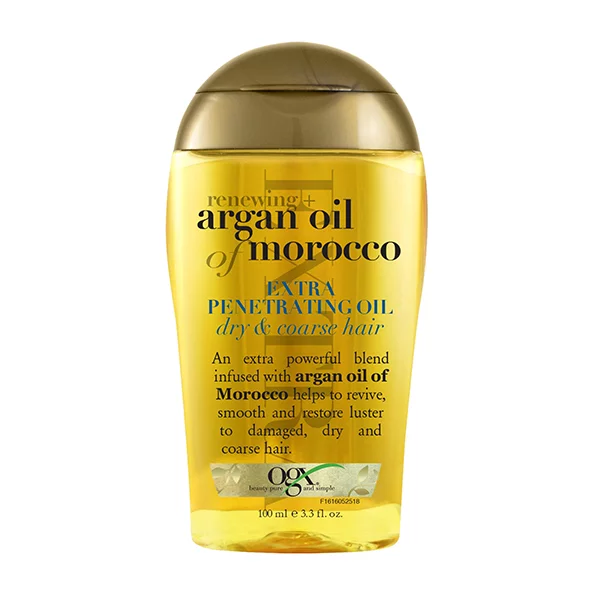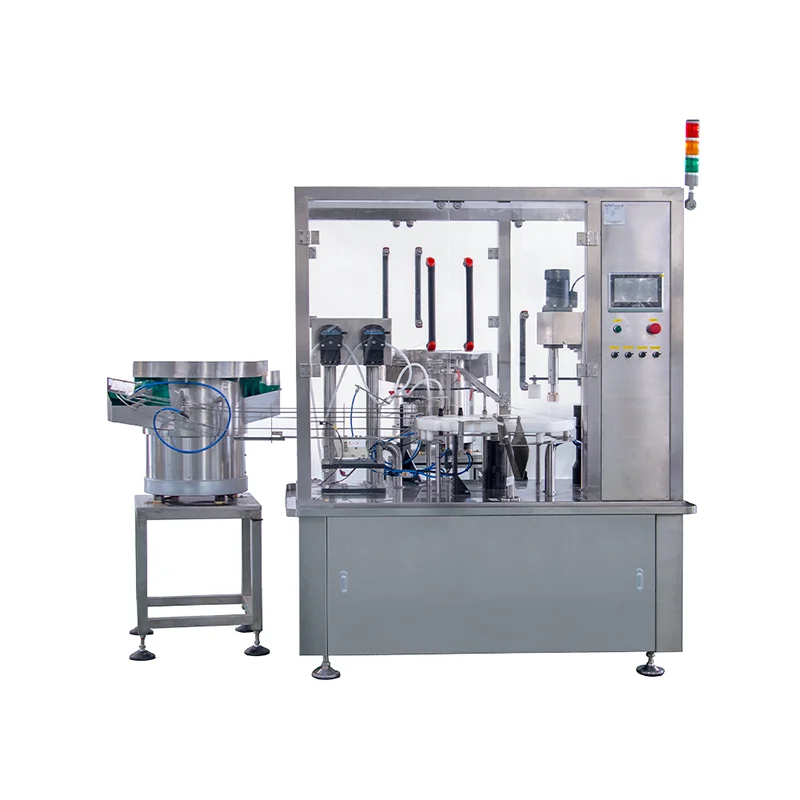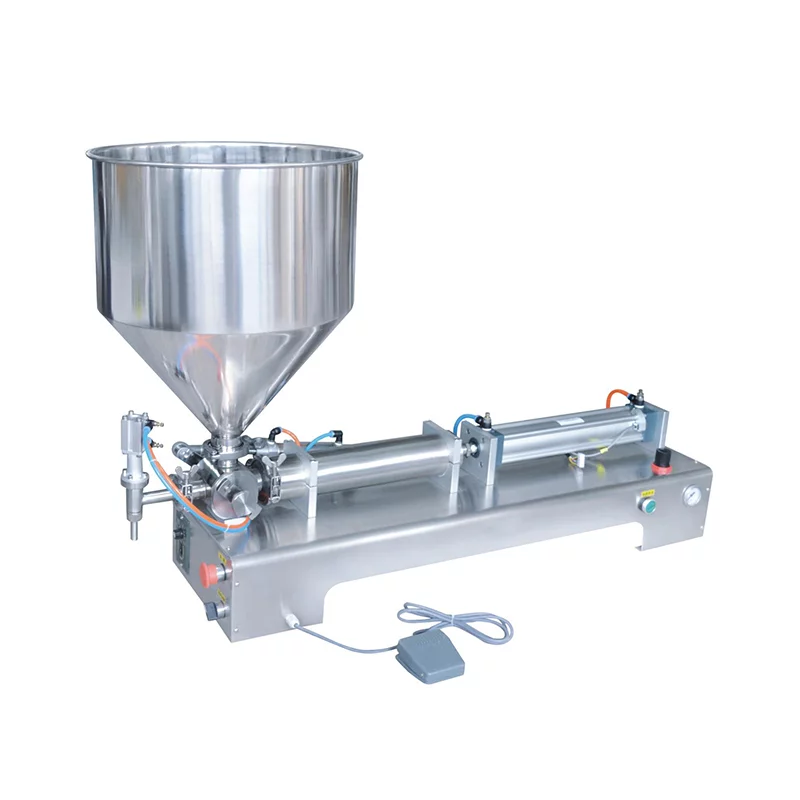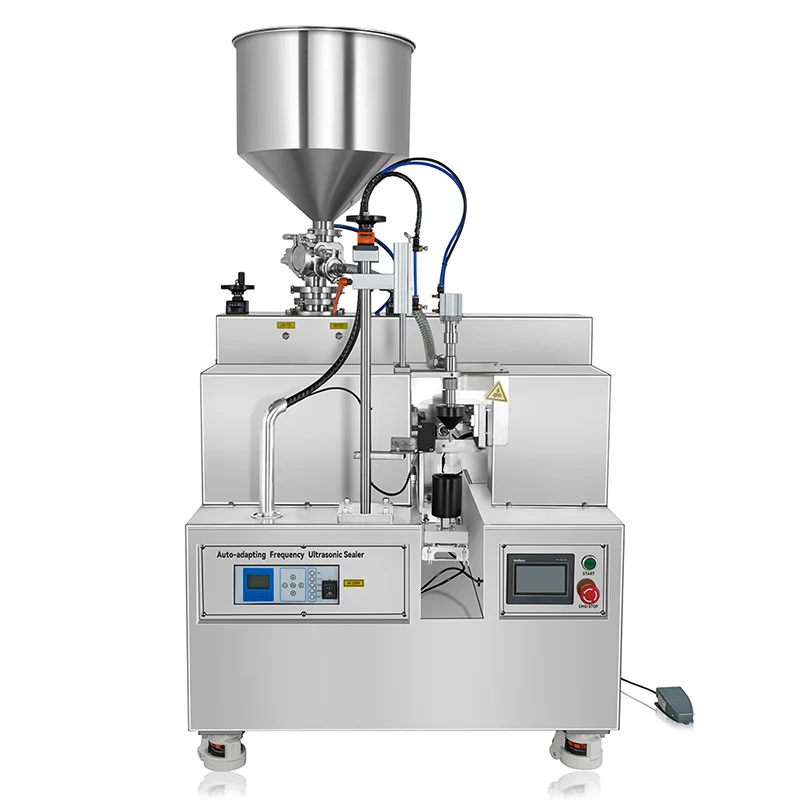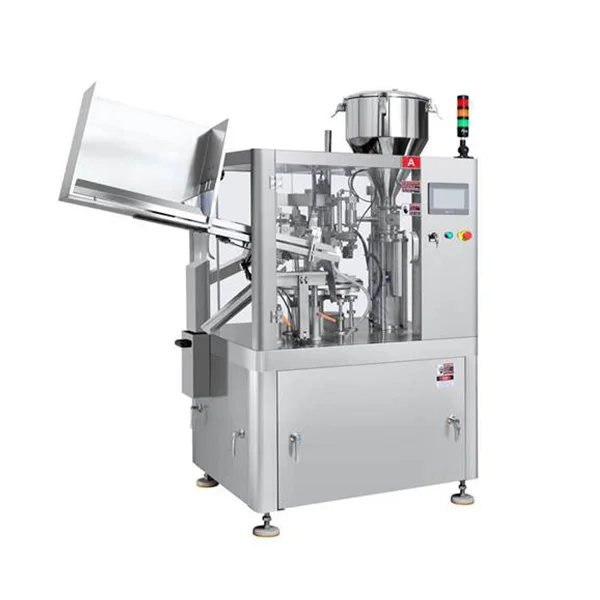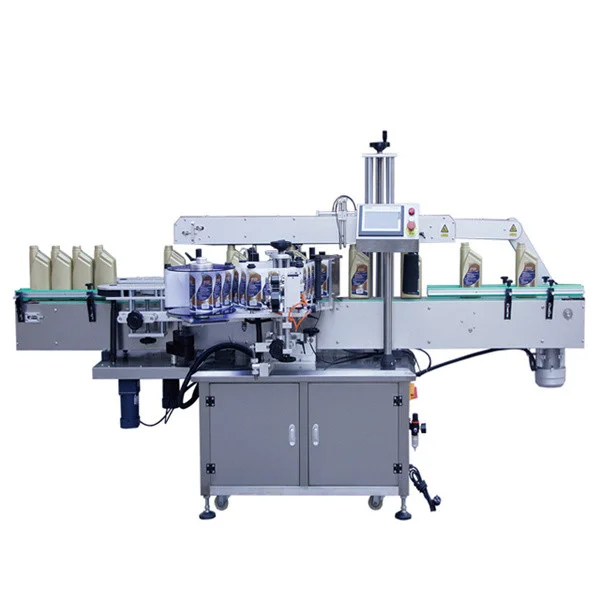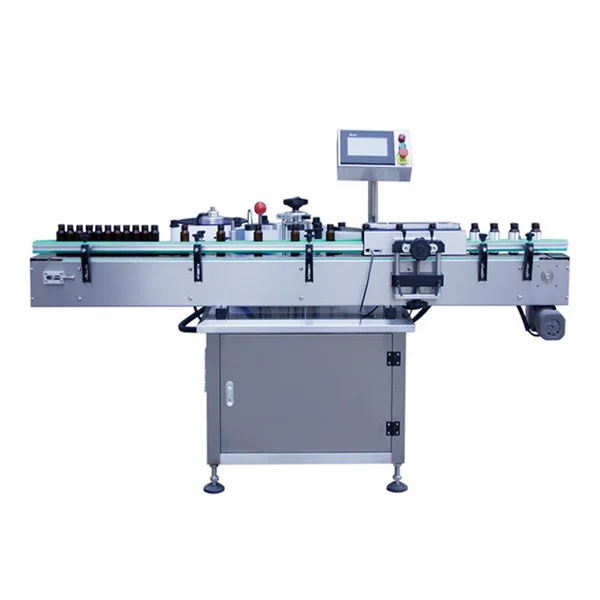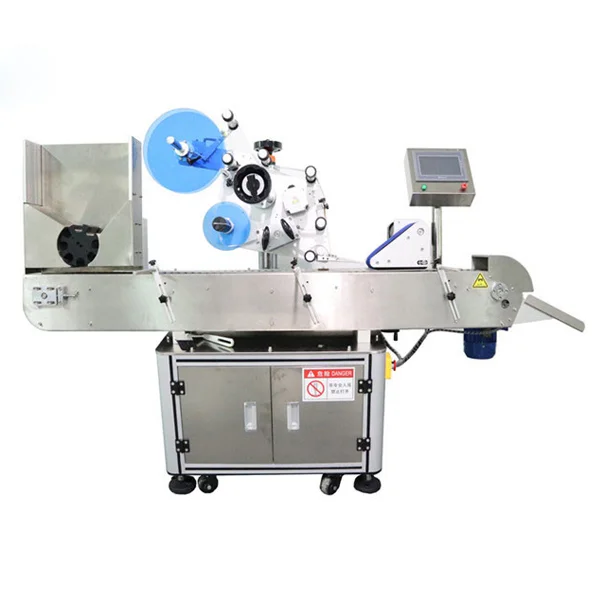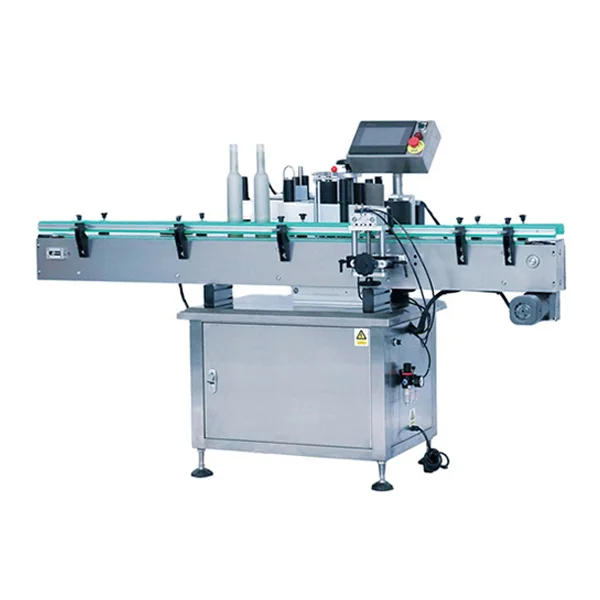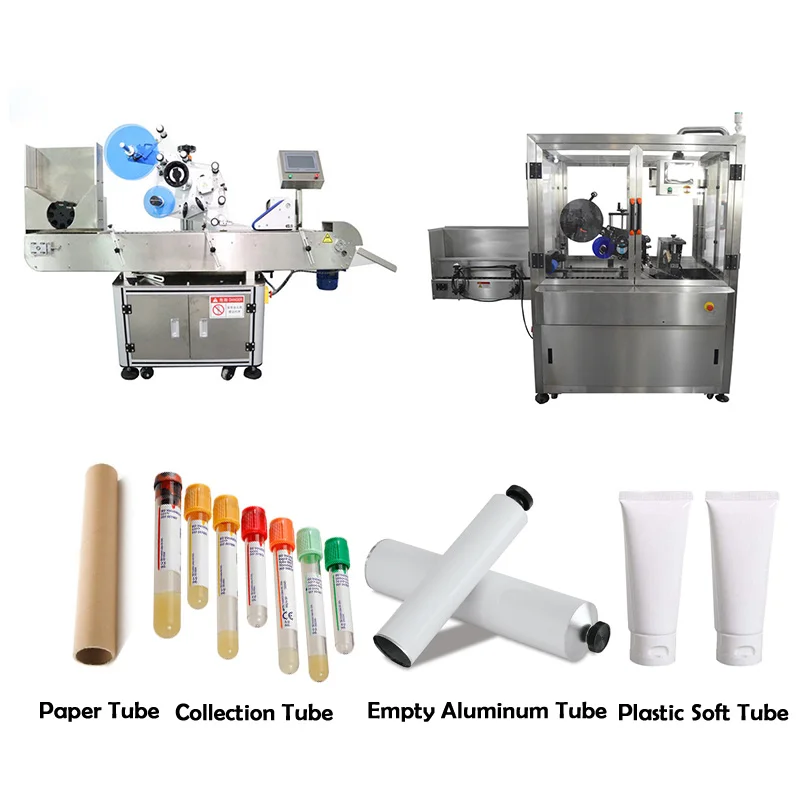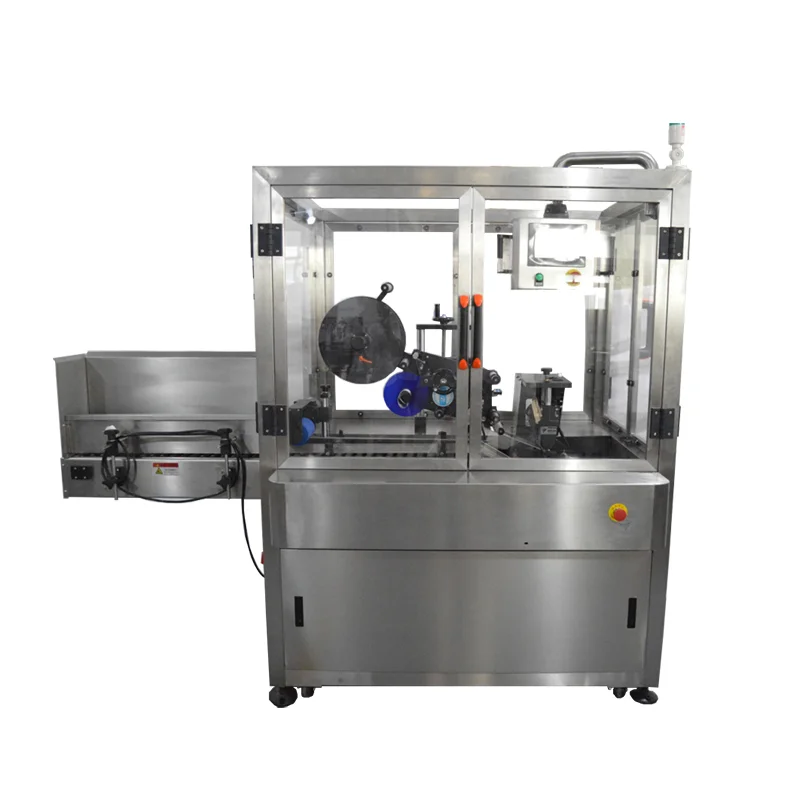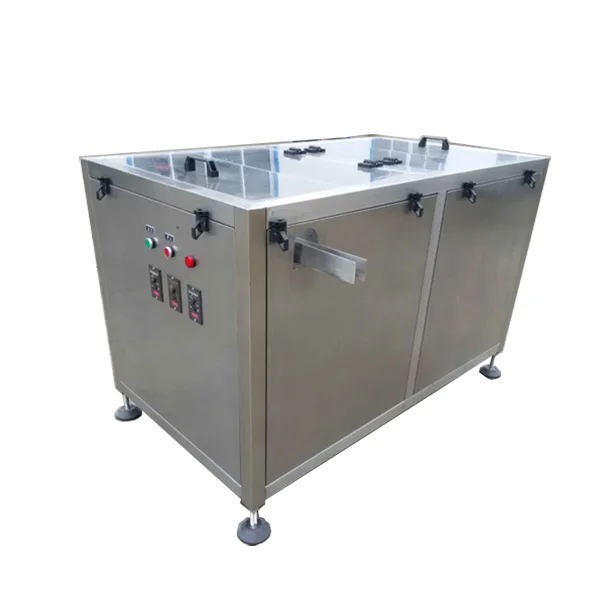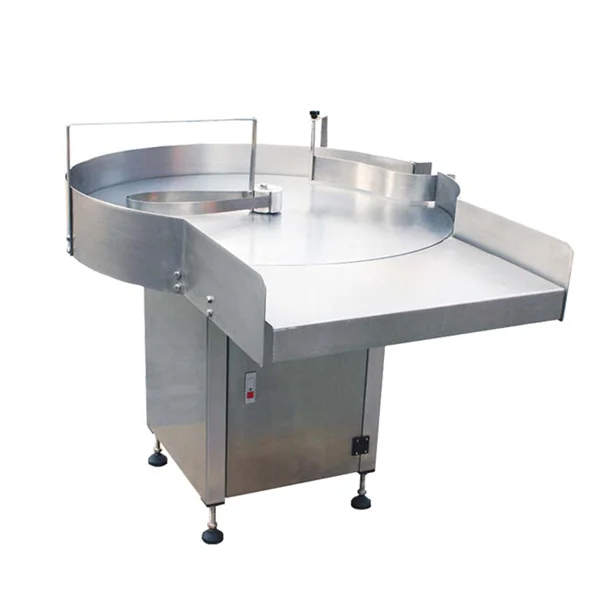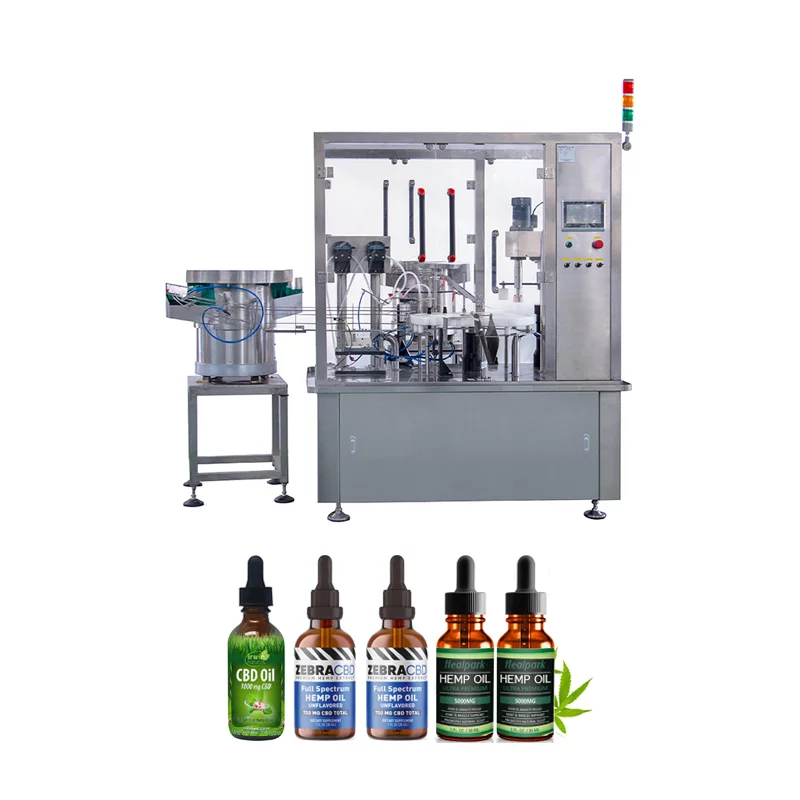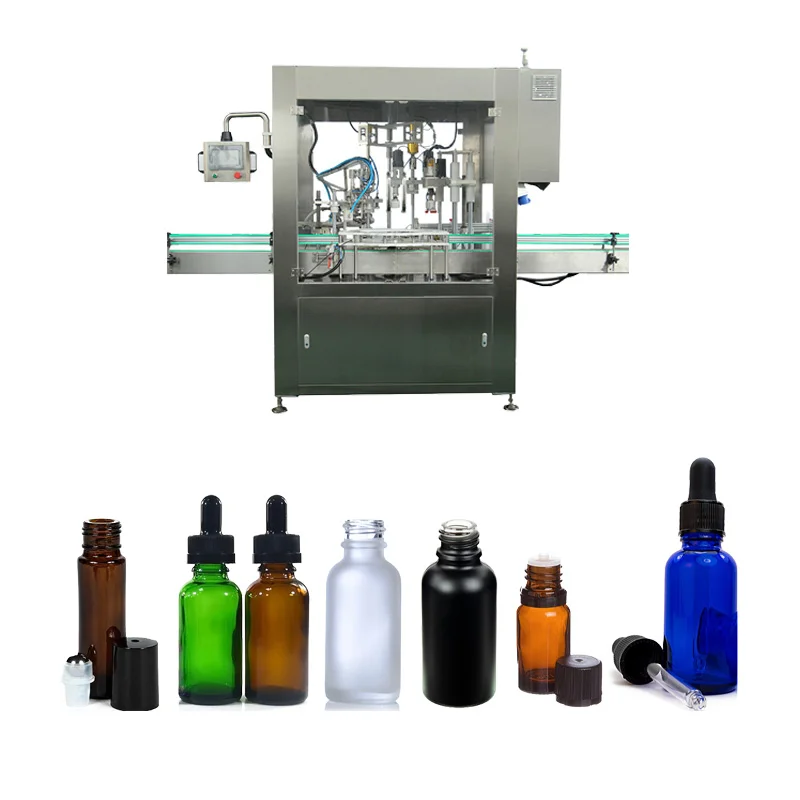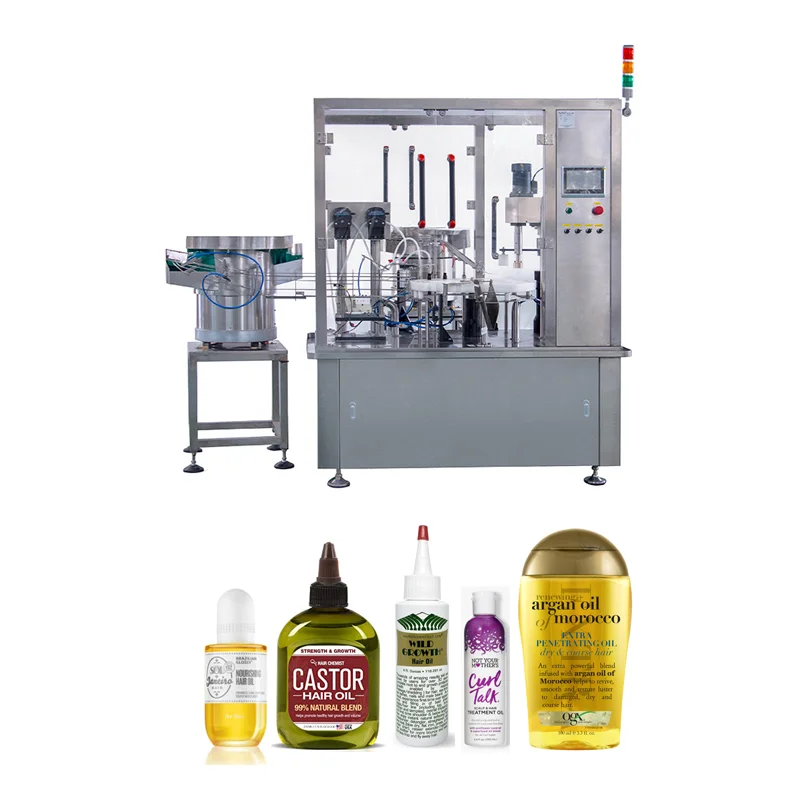
Summary
Hair oil is a cosmetic product that is used to nourish and moisturize the hair. It is typically made from a combination of natural oils, such as coconut oil, argan oil, and jojoba oil, and is used to improve the overall health and appearance of the hair.
A hair oil filling machine is a type of liquid filling machine that is specifically designed for filling bottles or containers with hair oil. These machines are typically used in manufacturing and packaging operations for hair care products. They are able to fill containers of various shapes and sizes with precise quantities of liquid, such as hair oil, quickly and efficiently.
The machine can be adjusted for different bottle sizes and fill volumes, and may have features like automatic capping, labeling and packaging. They can be operated manually or automated, depends on the requirement and size of production.
View Video
Glass bottles: These are commonly used for high-end, premium hair oils. They are often made of clear or amber-colored glass and come with a dropper or a pump dispenser for easy application.
Tubes: These are similar to tubes used for toothpaste or lotion, they are more portable and easy to use when you travel.
Pouches: These are usually used for hair oils that come in a larger quantity. It is more cost-effective, and it's also Eco-friendly.
In this machine, bottles are typically held in place on a conveyor or in a filling station, and the pistons are operated to fill the bottles with the appropriate amount of hair oil. The machine usually have adjustment for filling volume and have nozzles to fit different size of bottles. These machines typically have high precision and can fill bottles with very accurate and consistent fill levels, which is important for maintaining product quality and consistency. They also often have high speed and can fill a large number of bottles in a short amount of time, which makes them well-suited for high-volume production.
For hair oil tube filling, we recommend the use of tube filling and capping machine.
The tubes are loaded onto the machine and then conveyed to the filling station, where they are filled with the hair oil. Then the tubes are conveyed to the sealing station, where they are sealed closed using heat seal or ultrasonic seal or induction seal depending on the material of the tube. Some of the features of hair oil tube filling and sealing machines include adjustable filling volume, automatic tube handling, and ability to handle different tube sizes and materials.
Some of the advantages of these types of machine is their compact size, high speed and efficiency, easy to clean, adjust and maintain, and suitable for small to medium scale production. They are commonly used in personal care, cosmetic, and pharmaceutical industries and are suitable for semi viscous and viscous liquids.
For hair oil bottle labeling, depending on the shape, size and dimensions of the bottle, VKPAK will recommend the most suitable labeling machine, usually the following labeling equipment will be used:
For hair oil tube labeling, the following equipment is recommended:
These machines can typically handle high speeds, depending on the model, and many of them can be integrated into existing production lines. Some features of hair oil labeling machines include precise label placement, the ability to handle a wide range of label and container sizes, and the ability to be easily adjusted for different container and label sizes.
Safety: It is important to take proper safety precautions when working with hair oil. This includes wearing personal protective equipment such as gloves, goggles, and a face mask to protect against spills, splashes, and inhalation of fumes.
Quality control: Hair oil should be checked for quality and consistency before it is filled into bottles or jars. This includes checking for the proper viscosity, color, and fragrance.
Cleanliness: Cleanliness is crucial to maintain the purity and quality of the hair oil. The filling equipment, as well as the bottles or jars, should be cleaned and sanitized prior to filling.
Temperature: Hair oil should be filled at the appropriate temperature to maintain its quality. This can vary depending on the type of hair oil, and so it is important to follow the manufacturer's guidelines.
Speed: When filling hair oil, the speed at which the oil is filled should be controlled to prevent spills or splashes. It is important to set the right speed to ensure that bottles or jars are filled to the proper level.
Labeling: Labeling should be done after the filling process is done, ensuring that the correct information such as ingredients, expiry date, and warning is on the label.
By following these precautions, the filling process for hair oil can be done safely and efficiently, resulting in a high-quality final product.
Complete hair oil bottle filling line
A complete hair oil bottle filling line typically includes several different pieces of equipment that are used to fill, seal, label, and package bottles of hair oil.
Bottle Unscrambler: This machine is used to automatically sort and orient bottles before they are filled.
Filling Machine: Depending on the viscosity and flowability of hair oil, different type of filling machine can be used such as Piston filler, overflow filler, gear pump filler, and so on.
Capping Machine: Once the bottles are filled, they are typically sealed with caps to prevent leakage or contamination. The capping machine will secure the cap on the bottle.
Labeling Machine: Labels are then applied to the bottles, providing product information such as ingredients, expiry date, and warning.
Packaging Machine: Once the bottles are labeled and capped, they are packaged in cases or trays and then prepared for shipping.
Conveyor: Conveyors are used to transport bottles from one machine to the next in the line, ensuring a smooth and efficient filling process.
Additional equipment: Depending on the production capacity, some additional equipment such as palletizer, shrink wrapping machine, and so on may be used to help complete the production process.
This complete line may also include a control system for the entire line, including the filling and capping machines, which can be set for different production runs and can be adjusted for different bottle sizes and volumes.
